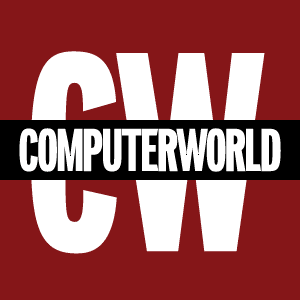
Exit signs and fire extinguishers became mandatory after the Triangle Shirtwaist factory fire in New York. The 1933 Long Beach earthquake triggered a review of California's public school building codes. Regulations for the construction and operation of nuclear power plants were tightened after the Three Mile Island accident in 1979.
What will be the long-term impacts of COVID-19 on workplace safety?
The folks at Poppy, a manufacturer of biosafety intelligence systems, are betting on increased susceptibility to airborne pathogens and the benefits of reduced illness from poor indoor air quality.
"The pandemic has made it clear that the world is not monitored and regulated for all potential infections," said Sam Molyneux, Poppy's co-founder and co-CEO. "While we cancel masking, screening and testing, ventilation is the last bastion to ensure infections don't spread."
understand airflow
Building operators opened windows and doors to prevent the spread of the COVID virus through the air. Still, Molyneux said many are taking a hammerhead approach to the process.
Improving airflow may actually have little impact on transmission while increasing heating costs and fossil fuel consumption.
Even very cautious companies make mistakes, he said. “We're seeing overventilation in many offices that use ultraviolet radiation and air purifiers, but still have hot spots,” he said.
In fact, reducing the amount of outside air and channeling it properly is often the best solution.
That's because viruses don't obey airflow patterns, says Elizabeth Caley, Poppy's co-founder and co-CEO. "If it were that simple, opening the windows would make all the difference," she says, "but viruses tend to accumulate in the air in unexpected places. They can get under doors and into corners... It's incredibly dynamic."
Poppy recommends that building operators use a combination of air cleaners, strategic ventilation and irradiation to improve air quality, but only after first consulting with HVAC contractors.
"Most people don't know how to effectively implement these changes," says Molyneux. "Your HVAC vendors are experts on these issues."
Secure the workstation
Physical security giant ADT Inc. has seen customer interest in security cameras take off since Covid heightened the need for increased surveillance in the workplace.
Low-cost, network-enabled smart cameras and improved image recognition software are driving the trend.
“Small businesses have done a good job securing their storefronts, but now they want to secure their trucks, too,” says Raya Sevilla, chief technology officer at ADT.
Companies are increasingly sensitive to the instrumentation of each work corner for safety purposes and to guarantee optimal occupancy density.
"You can use the cameras to tell if the space is empty or too full, as well as for contact tracing," Sevilla says. "You can also take advantage of this technology for well-being, for example detecting if someone has fallen."
Mindful of privacy concerns, ADT is investing in radar technology that can scan the workplace without identifying individuals. It's also working on technology that catches exceptions, such as an employee not checking in at the scheduled time.
A healthier future?
One of the lasting legacies of COVID could be a safer workplace, fewer days lost due to illness, and greater attention by companies to the well-being of their employees.
"We realized that we were living with a lot of internal illnesses that we didn't know about," Molyneux says of Poppy. "The ability to control them is completely within our grasp."
Caley cited the example of norovirus, a highly contagious gastrointestinal disorder that kills about 50 children worldwide each year (I've had it and I hope you never have it).
Basic precautions like washing hands, food, and surfaces are the best protection, and the awareness COVID has created about the importance of these routines could ultimately save thousands of lives and millions of lost work days.
The experience may even break down the entrenched machismo attitude that going to work sick is a sign of dedication rather than what it really is: a threat.
Attitudes toward such things tend to change slowly, but the pandemic has injected some urgency into the process. "What if you weren't sick? What if you weren't injured? The benefits are plentiful," said Nico Pronk, chief scientific officer for HealthPartners Inc., at the Harvard School of Public Health. .
"You can't be successful if you don't have healthy workers, but that recognition doesn't exist yet."
Copyright © 2022 IDG Communications, Inc.